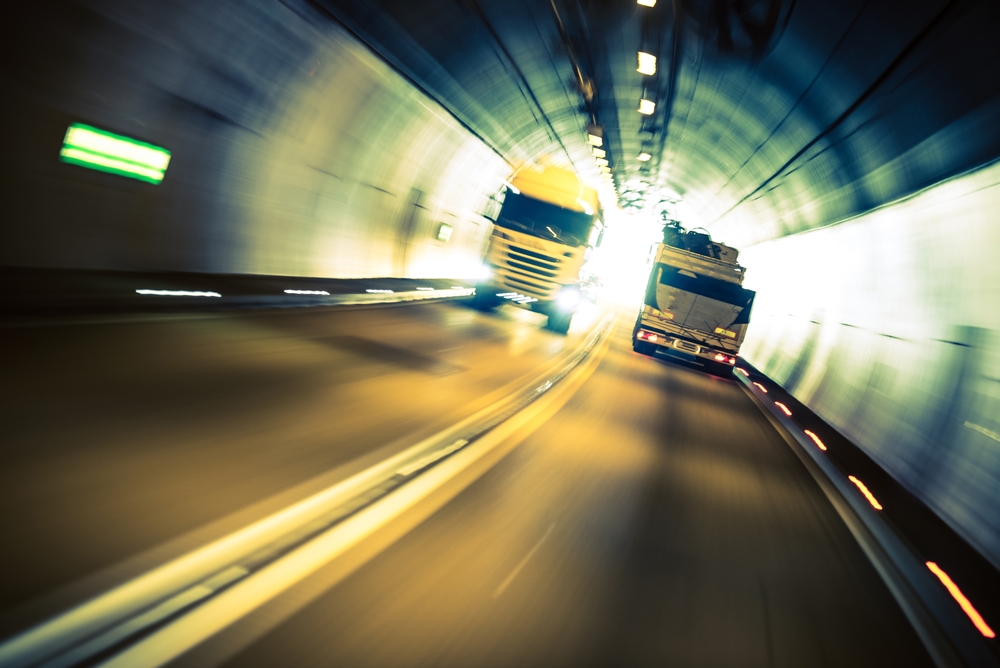Driving for Net Zero
With help from data
Every single person in Lendlease’s 11,000-strong team has their sights set on net zero emissions by 2025. It’s a huge undertaking – one which will be impossible without the help of technology and data. This puts Richard Kuppusamy and Helen Lam – two of Lendlease’s digital leaders – in the driver’s seat as they help […]


